- Home
- Articles
- Architectural Portfolio
- Architectral Presentation
- Inspirational Stories
- Architecture News
- Visualization
- BIM Industry
- Facade Design
- Parametric Design
- Career
- Landscape Architecture
- Construction
- Artificial Intelligence
- Sketching
- Design Softwares
- Diagrams
- Writing
- Architectural Tips
- Sustainability
- Courses
- Concept
- Technology
- History & Heritage
- Future of Architecture
- Guides & How-To
- Art & Culture
- Projects
- Interior Design
- Competitions
- Jobs
- Store
- Tools
- More
- Home
- Articles
- Architectural Portfolio
- Architectral Presentation
- Inspirational Stories
- Architecture News
- Visualization
- BIM Industry
- Facade Design
- Parametric Design
- Career
- Landscape Architecture
- Construction
- Artificial Intelligence
- Sketching
- Design Softwares
- Diagrams
- Writing
- Architectural Tips
- Sustainability
- Courses
- Concept
- Technology
- History & Heritage
- Future of Architecture
- Guides & How-To
- Art & Culture
- Projects
- Interior Design
- Competitions
- Jobs
- Store
- Tools
- More
Creating Stunning Vertical Gardens for Your Urban Jungle: A Comprehensive Guide
Explore the art of creating urban green spaces in our detailed guide on vertical gardens. Learn how to maximize space with trellises and green walls, choose containers that enhance cityscapes, and implement efficient irrigation. Discover design techniques tailored to urban plant species, and enhance aesthetics with strategic lighting. Perfect your urban jungle today.
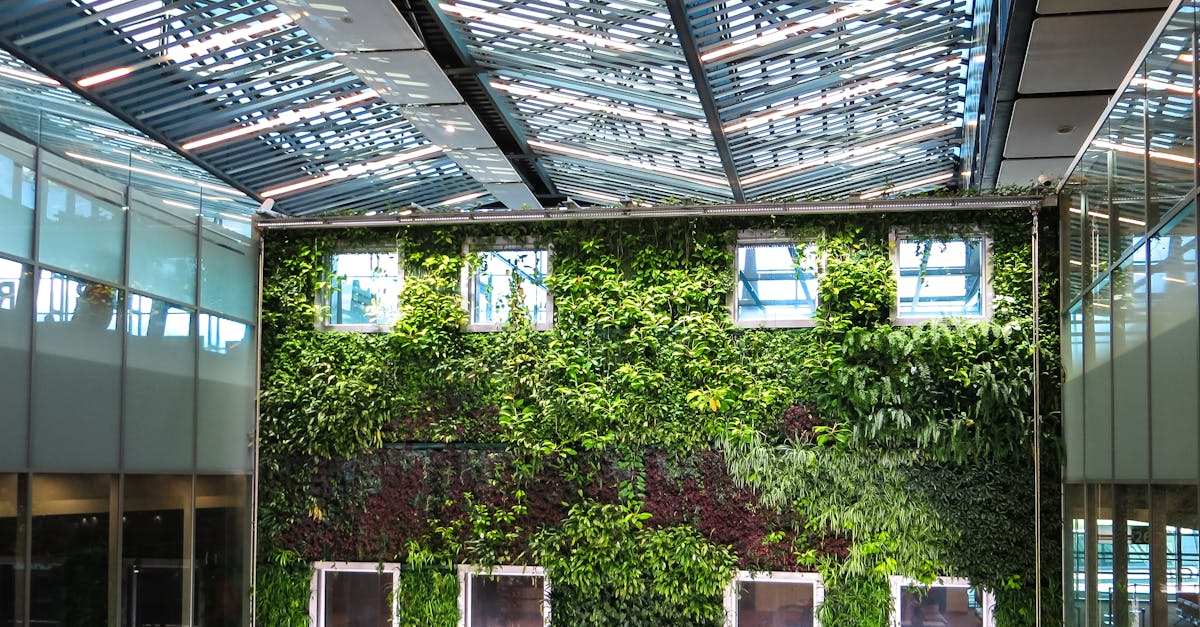
As city dwellers, we’re always looking for ways to bring a bit of the great outdoors into our concrete jungles. And what better way to do that than with vertical gardens? They’re not just beautiful, they’re functional too, breathing life into urban spaces.
Vertical gardens, also known as green walls or living walls, are popping up in cities all over the world. They’re transforming drab walls into lush, living tapestries, and making urban jungles a reality. These gardens aren’t just for show – they offer a host of benefits, from improving air quality to reducing noise pollution.
Table of Contents
ToggleBenefits of Vertical Gardens
As we delve deeper into the intriguing world of vertical gardens, let’s take a moment to focus on the notable advantages these green walls offer. They’re not just transforming urban spaces aesthetically; the benefits run much deeper.
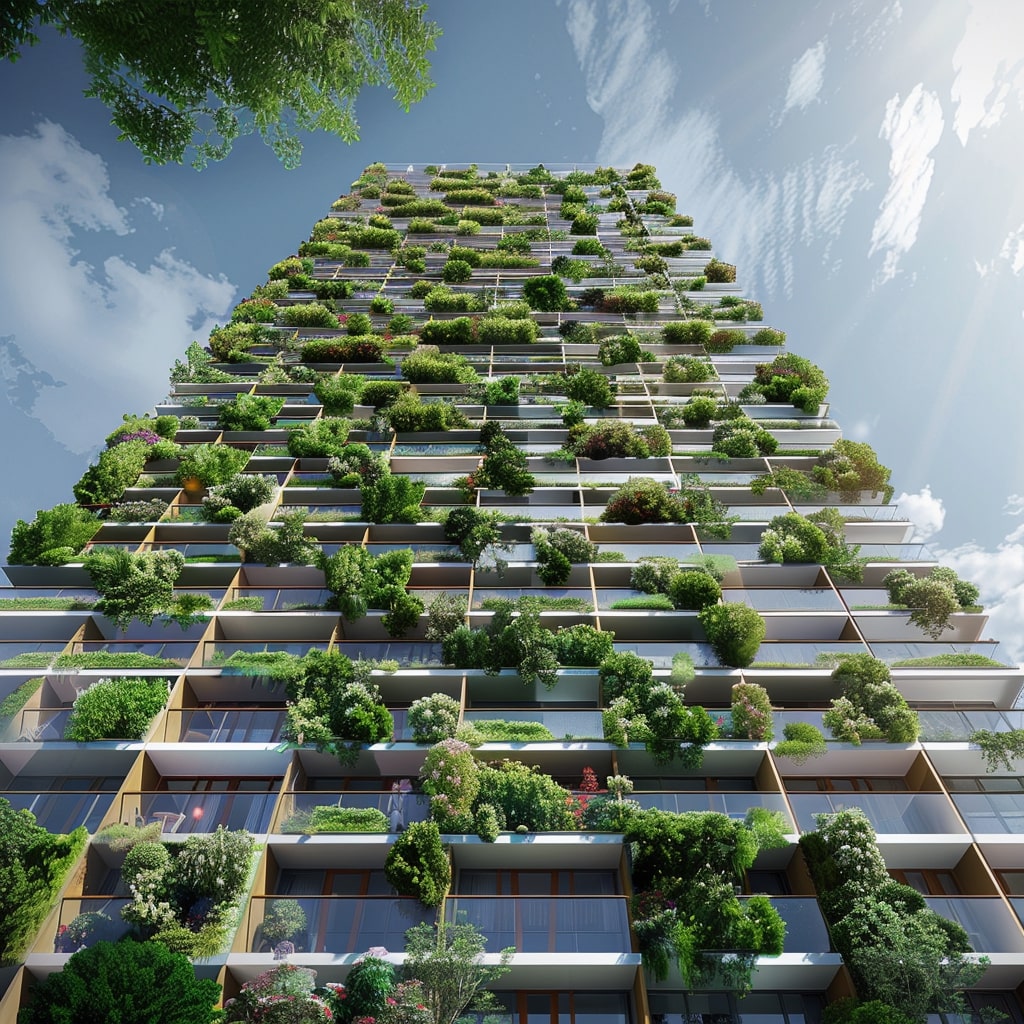
Improved Air Quality
Green walls do an advantageous job cleaning the city air we breathe. This is primarily due to the plants’ capacity for phytoremediation, an intriguing process where contaminants in the atmosphere are captured and neutralized. It’s important to note that different plant species can filter various types of pollutants. Therefore, a well-selected blend of plants ensures a comprehensive air filtration system.
Space Optimization
Vertical gardens also earn their stripes in the context of space efficiency. In densely populated urban environments where every square inch is at a premium, these living walls offer a chance to introduce greenery without sacrificing precious floor space.
The efficiency of vertical gardens in space optimization is best summed up with this equation:
Space Saved = Garden Area – Floor Space Used
So, the more vertical we go with our gardens, the more floor space we retain for other purposes.
Vertical gardens are a compelling blend of aesthetics and functionality, serving as a lush green backdrop in urban settings, breathing life into walls, reducing noise pollution with their exotic plant profiles, and more. As more of us become invested in making our cities sustainable, these green walls are turning into an urban essential.
In our next section, we’ll dive into the various types of vertical gardens, demystifying the differences, and helping you understand which one might be the right fit for your project.

Popular Plants for Vertical Gardens
Venturing deeper into the world of vertical gardens and urban jungles, it’s crucial we consider the flora that will complement and enhance these lush installations. Choosing the right plant can make the difference between a thriving green exterior or a drooping, dull facade. Our vertical garden dream team includes succulents, herbs, and ferns.
Succulents
Succulents are a touch of genius for vertical gardens. With their hardy nature, low maintenance requirements, and distinctive aesthetics, they’re practically made for it. Their ability to store water in their leaves, stems, or roots allows them to survive in the most arid conditions, meaning they will thrive in a vertical garden setting. Plus, they come in a variety of sizes, shapes, and colors, giving us a wide palette to create stunning designs.
Here are a few we suggest:
- Sempervivum, often known as houseleeks, exhibits a rosette form that’s perfect for adding structural variety to vertical installations.
- Sedums are excellent sprawling plants and are available in many colors. They are often utilized as ground covers but prove equally effective in vertical gardens.
Herbs
Next, let’s talk about herbs. Not only are they aesthetically pleasing, but they also add a fragrant scent to our urban garden. A vertical arrangement serves as a refreshing and space-efficient herb garden ready for kitchen use. They provide a fantastic opportunity to integrate form and function in an urban environment.
Here are our favorites:
- Mint is a fast-growing herb that can quickly fill large spaces and emit a welcoming scent.
- Rosemary is both aromatic and drought-tolerant, an excellent combination for vertical gardens.

Ferns
Finally, the ferns. These shade-loving plants are a fantastic choice for adding lush greenery to vertical gardens. They possess a wide variety of leaf shapes and textures, offering a dynamic visual element.
Key types of ferns to consider:
- Boston ferns are great for vertical gardens as they naturally grow in tight clusters, producing a dense, bushy appearance.
- Staghorn ferns feature uniquely shaped fronds that resemble antlers, adding an unexpected touch.
Implementing these plant types ensures a well-rounded and diverse vertical garden. When designed with care and attention, vertical gardens can transform ordinary city walls into extraordinary landscapes, true urban oases. With vertical gardens, we’re not just breathing life into dense city blocks, but we’re also literally giving our cities lungs to breathe.
Designing an Urban Jungle
As landscape designers, we’re tasked with a green mission of transforming urban spaces into livable, breathable oases. The focus of the task lies in our strategic plant selection, incorporating vertical elements, and striking a balance between aesthetics and functionality.
Choosing the Right Plants
Plant selection is pivotal to the success of a flourishing urban garden. We’ve to consciously select plants that adapt to limited access to natural light, survive in smaller spaces, and withstand air pollution. For this purpose, we’ve identified succulents, herbs, and ferns as suitable choices for vertical gardens:
- Succulents: These hardy plants are a powerhouse of resilience due to their water-storing capabilities. They can endure weeks with limited water supply.
- Herbs: Beyond great flavors and enticing aromas, herbs beautifully incorporate into a vertical garden setup. With a variety of shapes, sizes, and colors, they can lend an architectural appeal to the design.
- Ferns: Ferns are a visual treat. Their lush green foliage and diverse textures can mesmerizingly contrast with the concrete structures, creating visually arresting urban jungles.
Incorporating Vertical Elements
Adding vertical elements not only maximizes our gardening space but also breathes life into city walls. We should take advantage of the vertical elements already present, such as railings, walls, or pillars. Use them as trellises or frames to create living murals. Modular stackable planters and wall-mounted garden pockets offer versatile solutions to incorporate plants into vertical spaces. Innovative use of vertical elements can create striking visual effects, encourage biodiversity, and promote a sense of well-being in those interacting with the space.
Balancing Aesthetics with Functionality
A well thought out urban jungle incorporates aesthetics with functionality seamlessly. We must ensure that our designs are practical to maintain while not compromising on visual appeal. Consider factors like access for watering and pruning, the weight of the installation, the susceptibility of the structure to weather conditions, and the plant’s growth habits. As the impact of the visual dynamics in public spaces cannot be underestimated, our designs must be intriguing, yet functional, contributing towards greener, healthier, and happier urban living.


Conclusion
Now that we’ve discussed the vast array of plants suited for urban green spaces, let’s delve further into the design aspects of creating a resplendent urban jungle. We shall focus on effective strategies for cultivating vertical gardens, an advantageous solution that combines aesthetics, functionality, and space utilization.
To begin with, effective utilization of structural elements is key in forming a successful vertical garden. Consider innovative architectural fixtures like trellises, modular planters, and green walls, which can be incorporated into a building’s design. Imagine a structure adorned with lush ferns or colourful succulent arrangements—breathtaking, right? Beyond visual appeal, these vertical elements vastly increase potential gardening space.
Next on our list are containers. It’s crucial to select containers that not only satisfy a plant’s growth requirements but also align with a city’s design character. Versatile planter systems that allow for rearrangement and growth adjustments are ideal for these purposes.
We must also remember the importance of irrigation. Cities at large are grappling with water conservation, hence the importance of efficient water utilization. For this reason, we recommend an automated drip irrigation system, an ingenious solution that ensures efficient water distribution to foliage at various heights. Plus, this setup greatly simplifies maintenance tasks, an enormous benefit given the busy city life.
Our plant-specific approach also factors into design considerations. Plants like succulents, herbs, and ferns, lauded for their distinct aesthetics, resilience, and appeal, each have unique requirements. Our vertical garden design must cater to these variations.
Lastly, let’s pivot to an aspect yet unexplored – lighting. A purposive lighting scheme not only enhances aesthetic but also fosters plant health. We suggest the use of energy-efficient lighting systems to illuminate both plants and architecture.
Submit your architectural projects
Follow these steps for submission your project. Submission FormLatest Posts
Innovative Cleaning for Modern Materials: How Hydroblasting Supports Architectural Design
Modern buildings don’t hide what they’re made of anymore. Glass is meant...
How to Improve Driving Conditions Around Your Office
Driving to work can feel like navigating a challenge. Traffic jams, potholes,...
Practical Solutions for Modern Home Improvements
Home improvements work best when they solve real problems. Focus on changes...
The Ultimate Guide to the SaaS Localization Process: Navigating Global Markets with Precision
The Software-as-a-Service (SaaS) model has revolutionized how businesses operate by providing cloud-based...





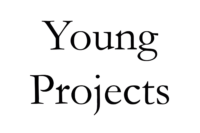


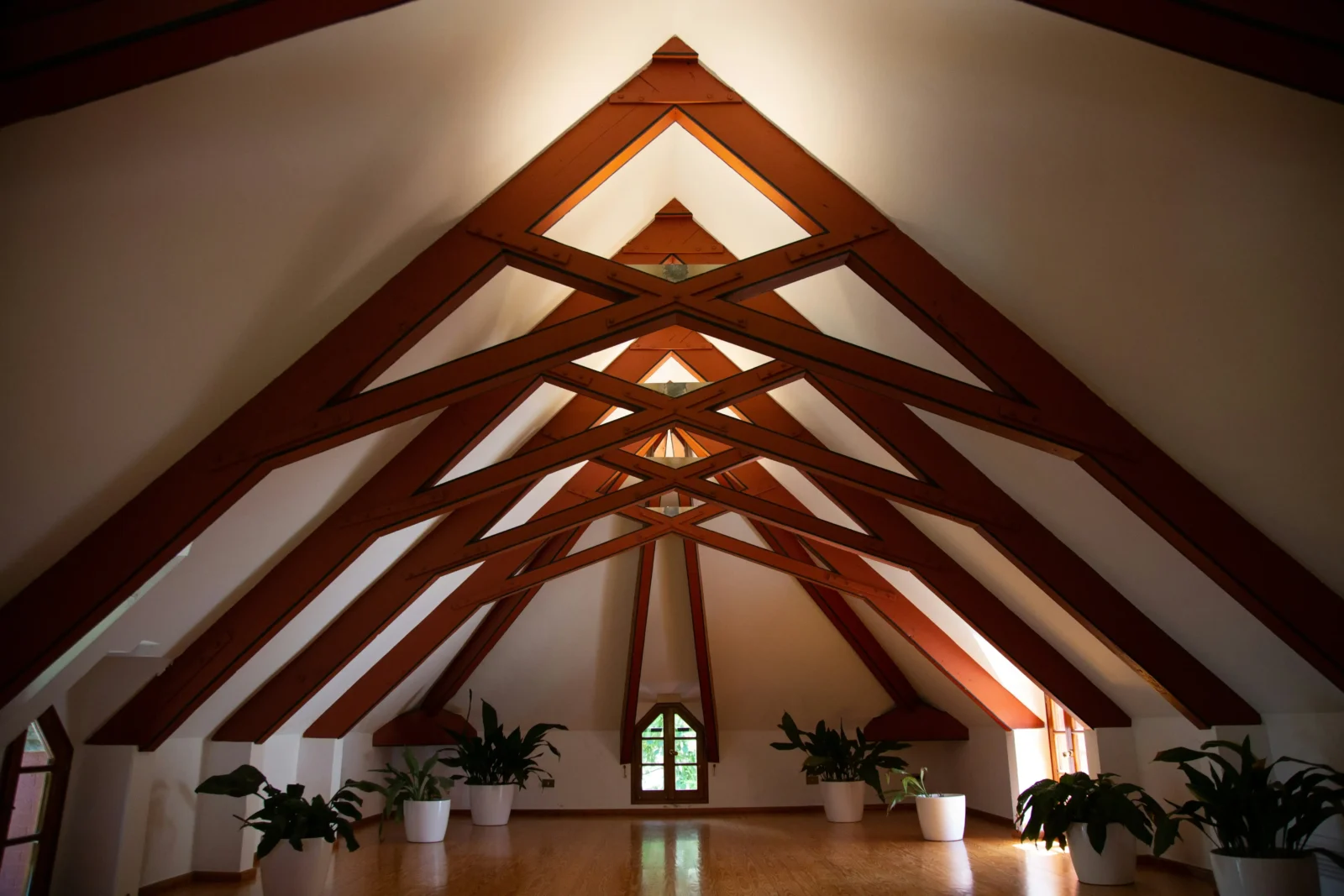

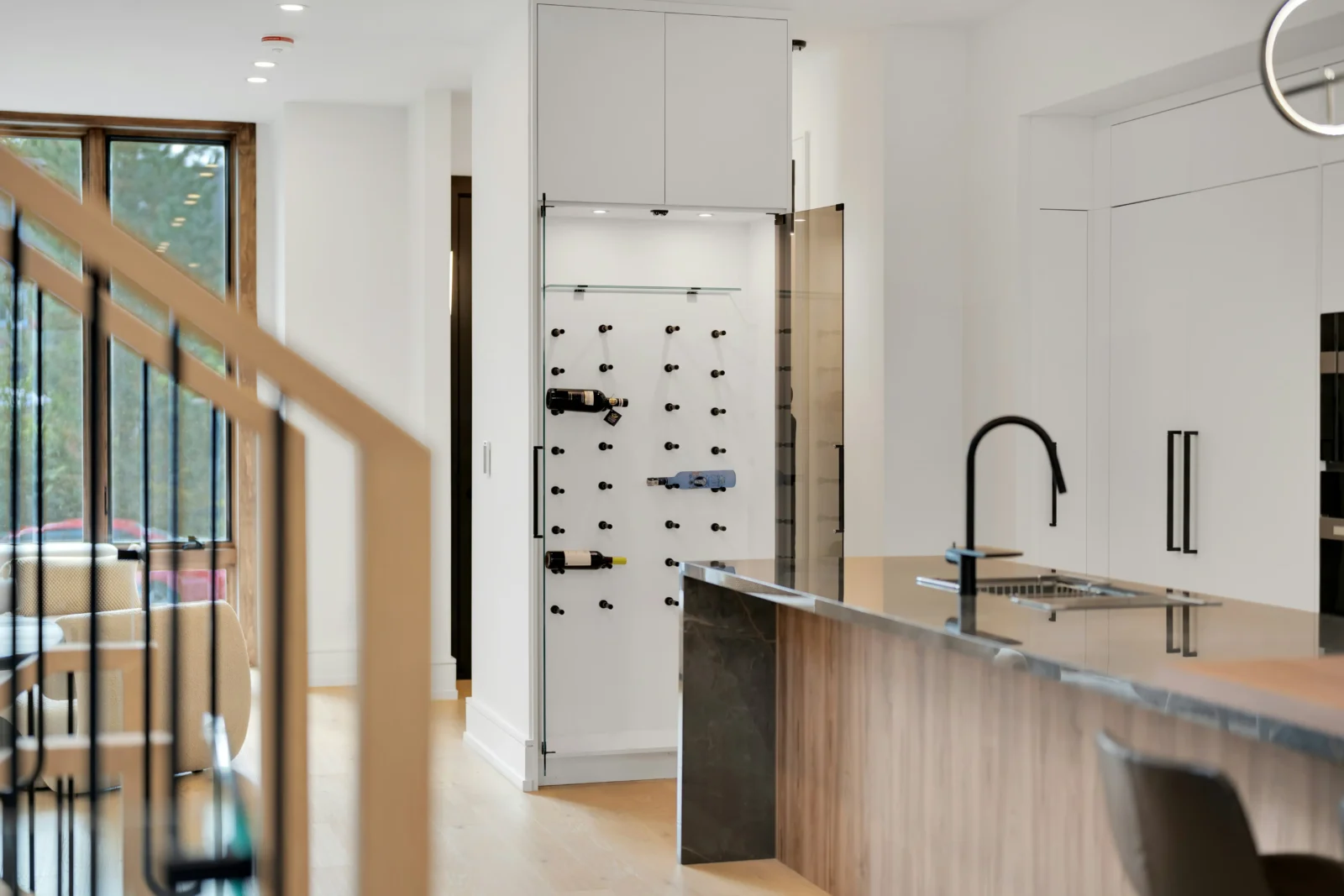

Leave a comment